Todd Paris is recently retired from the University of Alaska Fairbanks. Todd was honored with the UPAA Master of the Profession award at the 2017 Symposium. His photo "Colorful Aurora" won Best In Show in the October 2017 Monthly Image Competition. We wanted to find out more about the tech and the thinking that went into his winning image. (All photos by Todd Paris)
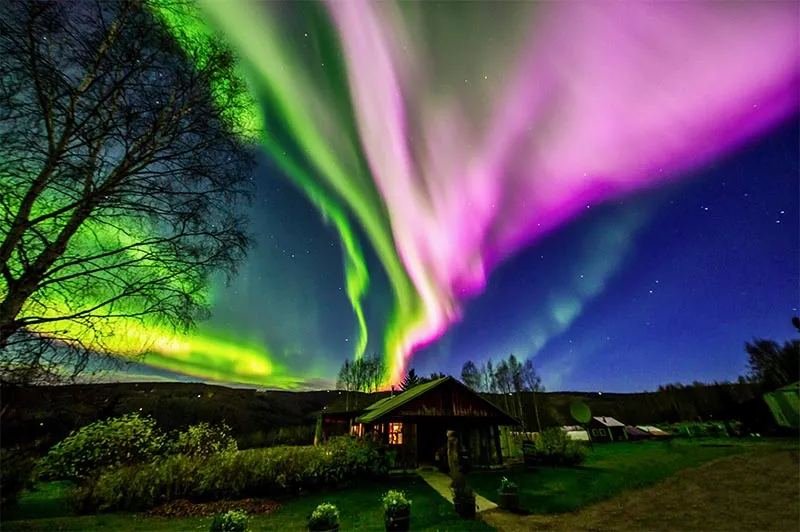
First, congrats on your recent retirement and UPAA “Master of the Profession” award. Both well-earned! Being as a) you’re retired and b) the photo was from the Personal Vision category, I’m guessing this was entirely your own initiative to shoot this, correct? What keeps you going out into the cold Alaska nights? When and where did you make the winning photo? Was it luck? Planned? Shot at 7pm from your front porch…?
Indeed…needless to say I’m humbled to win Best in Show. I love staying involved with such a dedicated and highly skilled workforce. My involvement with UPAA was a very positive primary factor in my personal development as a campus photographer and I’m honored to provide a contribution to the blogsite (which I didn’t know existed!).
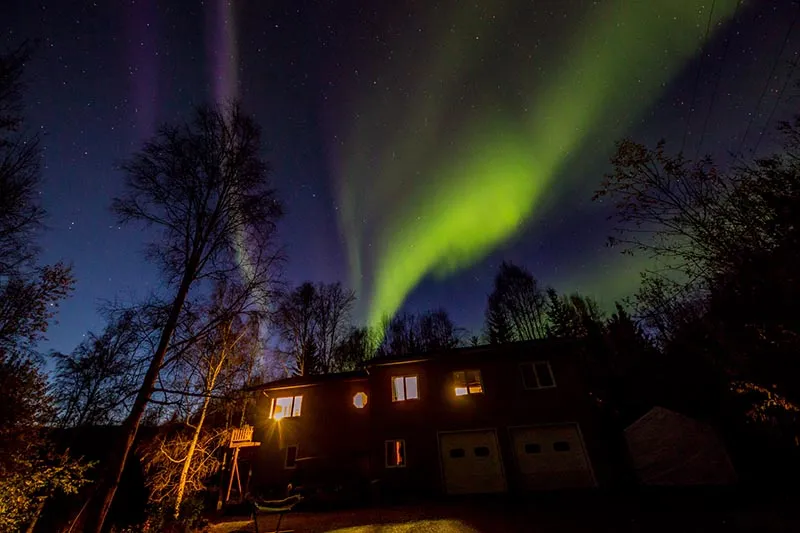
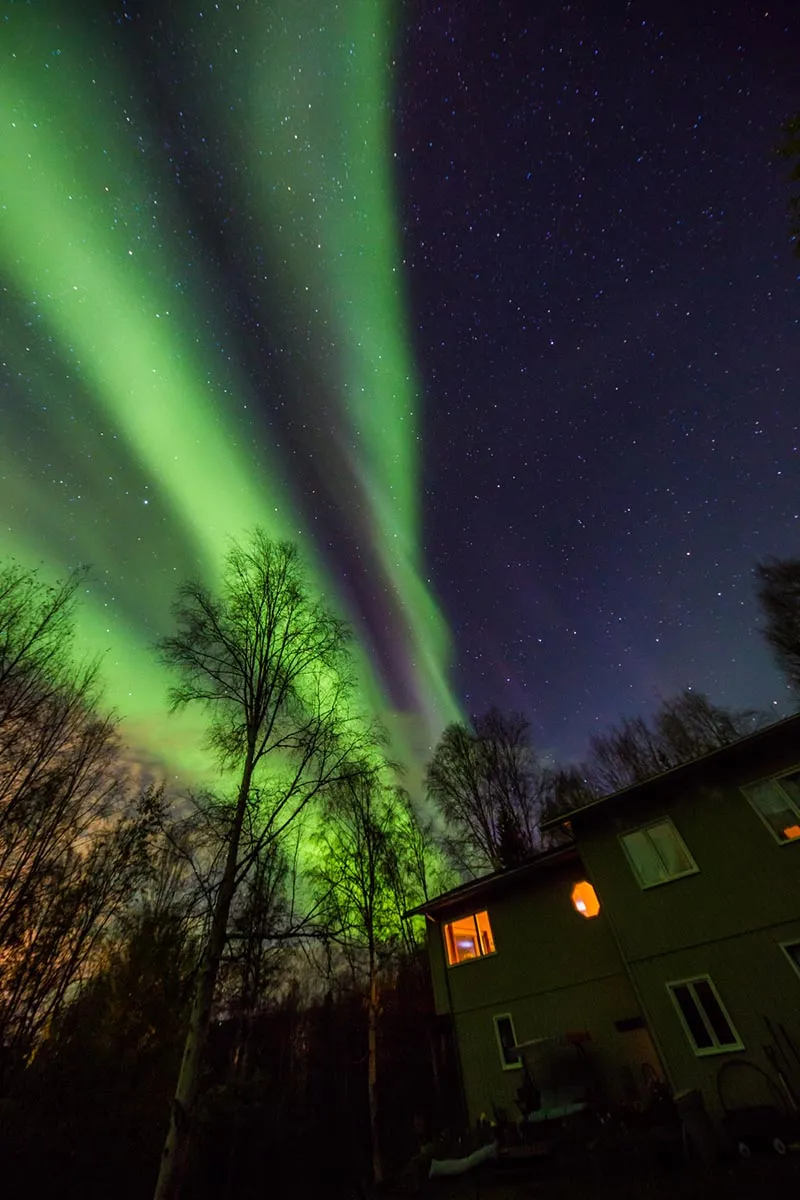
Tell us about the challenges of photographing the Aurora: How cold is it? How do you keep your equipment (and yourself) functioning? Do you have an idea of when the Aurora might be good? How far away from city lights do you need to be? What kind of exposures are usually required? How much post-processing is required? Anything else us “Lower 48”-ers might not realize...
It’s really pretty easy to get nice exposures of the aurora when it’s presenting. Tripod, quality gear, manual settings, ..that’s about it. Yes, Interior Alaska is cold in the winter when aurora viewing/photographing is somewhat frequent. But when shooting I’m rarely outside for more than 15-20 minutes at a time. Yes, I do get cold depending upon the outside temperatures, but within that limited timeframe I’ve never had a battery fail or technical malfunction due to cold. On occasion I’ll drive a ways from home seeking a different foreground or nighttime landscape. Then I leave the car and heater running and step in and out accordingly. Of course basic winter clothing is required…boots, hat, gloves, warm coat, but that’s all stuff we need to keep handy all winter anyway, so its no big deal. True adventurers travel into the nearby wilderness in search of unique aurora shots, and they definitely need to take extra precaution and preparation. Last October I was asked to accompany a geologist professor friend and his graduate student on their last field trip of the season in the foothills of the eastern Alaska range, but our campsite was only a couple hundred yards from our vehicle. I spent a mostly sleepless night in this tent as the temperature dropped to about 0°. Since I wasn’t sleeping I got up about midnight to see this active scene above me, made more unusual because there was a full moon out, lighting up the surrounding countryside.
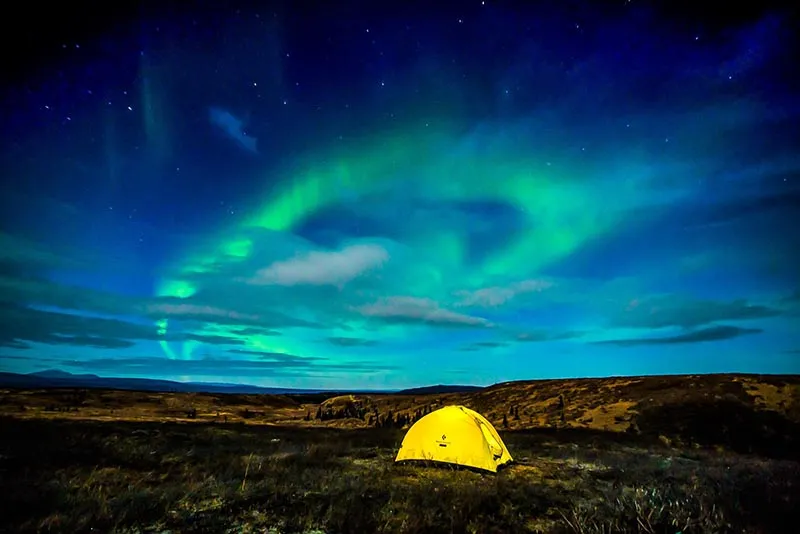
Oct. 16, 2016 about 12:45 a.m. with Sony A7rII and Canon 17-40 f4 lens, ISO 2000, 17 mm, f4, 1.6 seconds
My process in Lightroom included dropping exposure, boosting contrast, dropping Highlights to minimum, boost shadows and whites, clarity at +28 and Vibrance +9. The brilliant red color this night was something I had only seen once or twice in my life before, maybe never!! The farm caretaker’s 17-year-old daughter and amateur photographer wife were out in their driveway oohing and aaaahhing along with me. I cloned out a blurry teenager as she danced about off to the lower right of the image, and an unattended shiny tripod in the lower center. Oh, and that pesky power line. That was the extent of the processing.
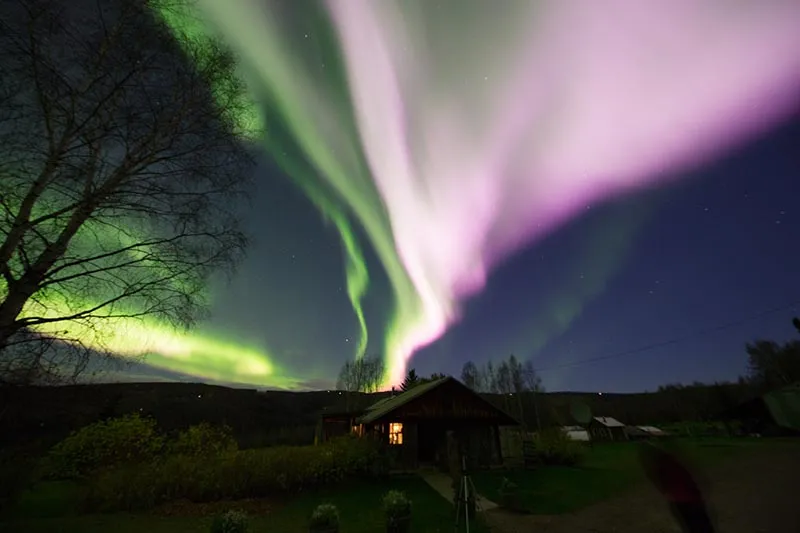
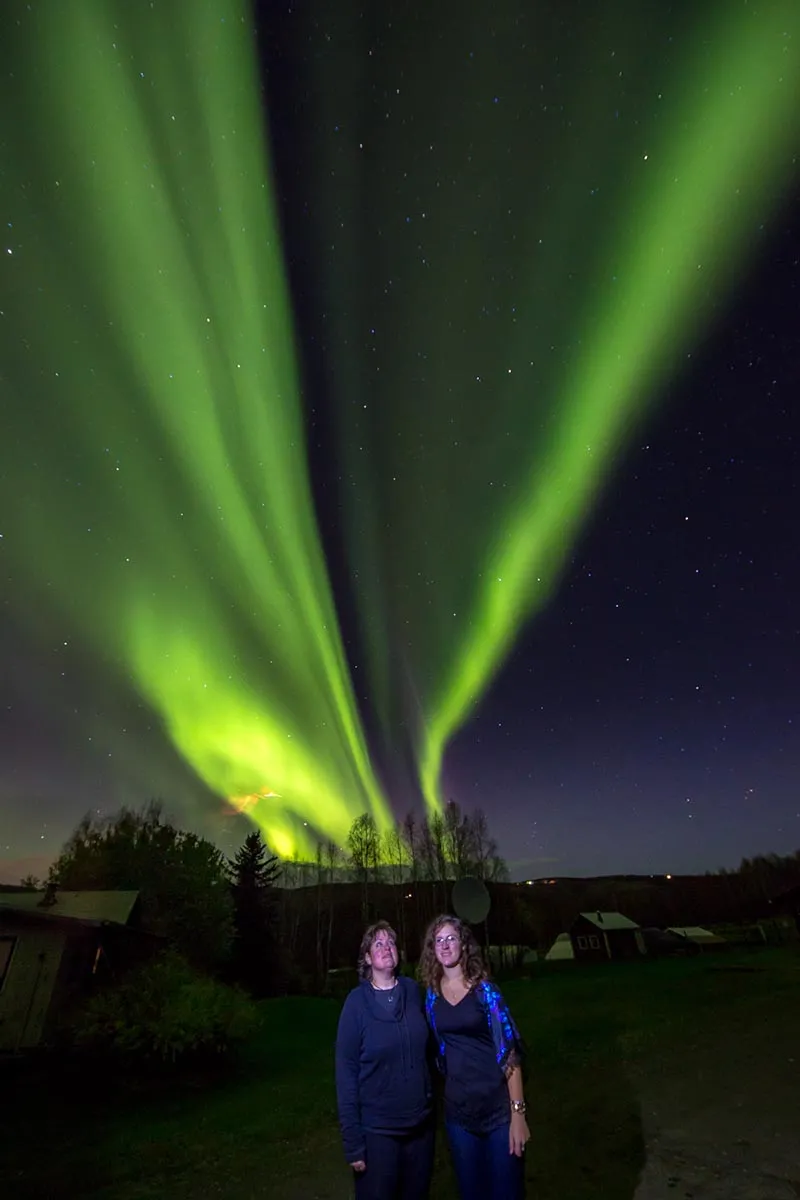
I have to mention that as the show was peaking the teenage host rushed to make sure the guests in their B&B cabin knew what was going on above them. She returned saying the guests were fine watching through the cabin window since it was too cold for them to come outside. I felt like banging on their door and screaming at them that viewing from inside IS NOT THE SAME as witnessing a show like this outside under they sky in person. Turns out 40° is too cold for some people. Hard to figure…turns out the guests were from southern California.
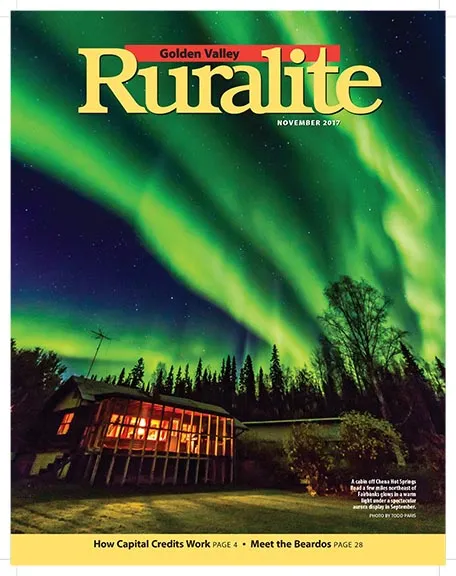
And I had some small metal prints made from several of the shots that night and they look great! I’m looking to market some big metal prints to adorn the waiting room walls of a couple local doctors I know. And the Facebook post I made with five photos later that night earned more then 6,000 likes with 15,000 shares. My Most. Popular. Post. Ever. The odd Likes and Comments are still dribbling in.
How much—if at all—does the MIC motivate you?
A few of my previous aurora photo efforts have done well in the MIC so I was hoping one or two of these would also. I could not narrow down a favorite, or even two…hence three entries shot within 20 minutes. I expect everyone knows that you can’t plan a shoot like this with any certainty. It’s fickle and fleeting but there are a couple local photographers who are making a pretty good living specializing in aurora photography, as guides or shooting portraits under the aurora. They tell clients their chances are pretty good of seeing some memorable aurora sometime during a week’s stay. The problem is forecasting weather and auroral activity since there are certainly no guarantees as to time of year or time of night. My favorite aurora shots were taken in swing seasons, Sept.-Oct, or March-April, mostly because the outside conditions are usually much more forgiving. I’ve taken award-winning aurora shots at 40° above and -40° below and without a doubt I prefer the above-zero temps. And Yes, I am always considering other entries to the MIC as I pursue expanding my photo collection.
If you weren’t a photographer, what alternate career would you be newly-retired from?
I enjoyed a great job last spring on a photo contract with our local school district. I shot in 19 local schools over four weeks, from kindergarten to 12-grade, documenting every-day interactions with students and their teachers and aides, including 5 high school graduations over 6 days. That was after shooting a few hundred (thousand?) shots for my daughter’s elementary school as their yearbook producer. I’m a big proponent of our public schools and love spending time in them, so if I wasn’t a photographer I think I would have loved being a school teacher.